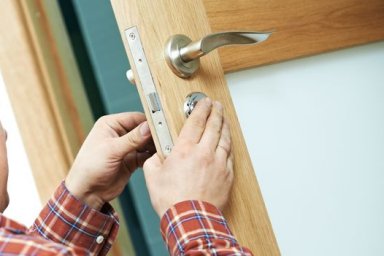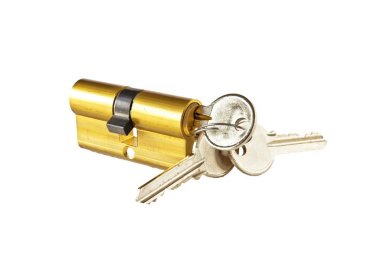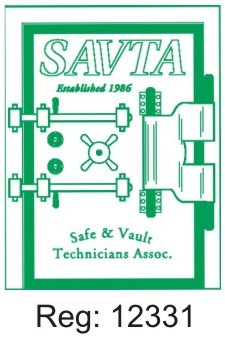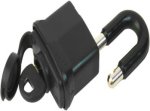Non-destructive entry is a way to open locks or systems without causing damage. Because of this, locksmiths and security pros use this to get into locked places like houses, offices, safes, or cars. For instance, they might pick locks, decode them, bypass them, or use other tricks. This method is great because it doesn’t harm the lock or door, so you can still use them afterward.
Methods of Non-Destructive Entry
Non-destructive entry covers a broad range of methods aimed at defeating systems without a trace. These include:
- Lock Picking: Using special tools like picks and tension bars, a skilled person can open a lock without the key. This needs skill and a deep understanding of the inner workings of the lock.
- Bumping: This method uses a special bump key put into the lock and struck sharply. The bump key lines up the pins inside the lock, allowing it to turn.
- Bypassing: Bypassing finds weaknesses or paths to operate the lock without using the locking mechanism directly. An example is sliding a shim between the door and frame to push the latch back.
- Impressioning: This method creates a working key by inserting a key blank into the lock and making marks of the pins. These marks are then filed down to make a working key.
- Manipulation: Safe and vault experts often use this. They listen to the internal workings of combination locks to find the correct sequence of numbers.
- Decoding: Some locks, like combination locks, can be decoded by feeling for changes in feel or using tools to measure parts directly.
Applications and Ethical Considerations
The uses for non-destructive entry (NDE) are broad:
- The Law: Police and security agencies use NDE to access premises without alerting suspects or causing damage.
- Emergency Services: Firefighters and paramedics may use NDE methods to quickly enter locked homes or vehicles.
- Locksmiths: Skilled locksmiths use non-destructive methods to help people regain access to their properties without the need for costly new locks.
- Espionage: Intelligence operatives can use NDE to gather info or plant bugs with no evidence they were ever there.
While NDE is very helpful, it also raises ethical concerns. The skills that let pros help people can be used by criminals to break into properties. Because of this, strict rules, standards, and guidelines are needed to ensure these skills are used responsibly.
The Future of Non-Destructive Entry
As tech moves on, the methods and tools for non-destructive entry also improve. Smart locks and digital security systems bring new challenges and chances for NDE experts. Tools now include laser technology, advanced algorithms, and even artificial intelligence, expanding what is possible.
Yet, the core of non-destructive entry stays the same. It indeed needs patience, skill, and a good understanding of systems. Whether opening a simple padlock or a high-tech safe, it is a mix of art and science.
In conclusion, non-destructive entry combines technical skill with ethical responsibility. As security systems get better, so do the ways to bypass them. This keeps the balance between security and access in check. Whether it’s saving lives, helping the police, or aiding those in need, NDE shows the importance of skill and cleverness in today’s world.
Contact us for further information.






 Paladin Locksmiths offer a comprehensive 24 hour, 7 days a week, 365 days a year service. We are a local, fully trained, independent company based in Skelmersdale, Lancashire, providing a competitively priced reliable service.
Paladin Locksmiths offer a comprehensive 24 hour, 7 days a week, 365 days a year service. We are a local, fully trained, independent company based in Skelmersdale, Lancashire, providing a competitively priced reliable service. Some information you may find useful when considering your security requirements.
Some information you may find useful when considering your security requirements.
 Paladin Locksmiths service an area within a radius of approximately 12 miles from
Paladin Locksmiths service an area within a radius of approximately 12 miles from